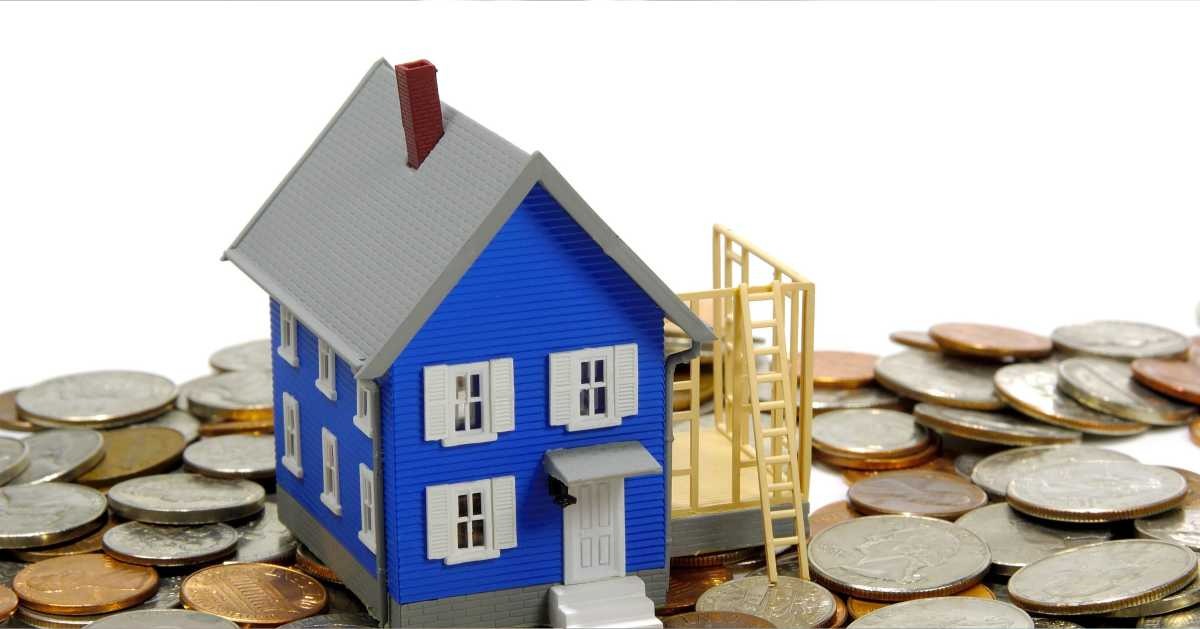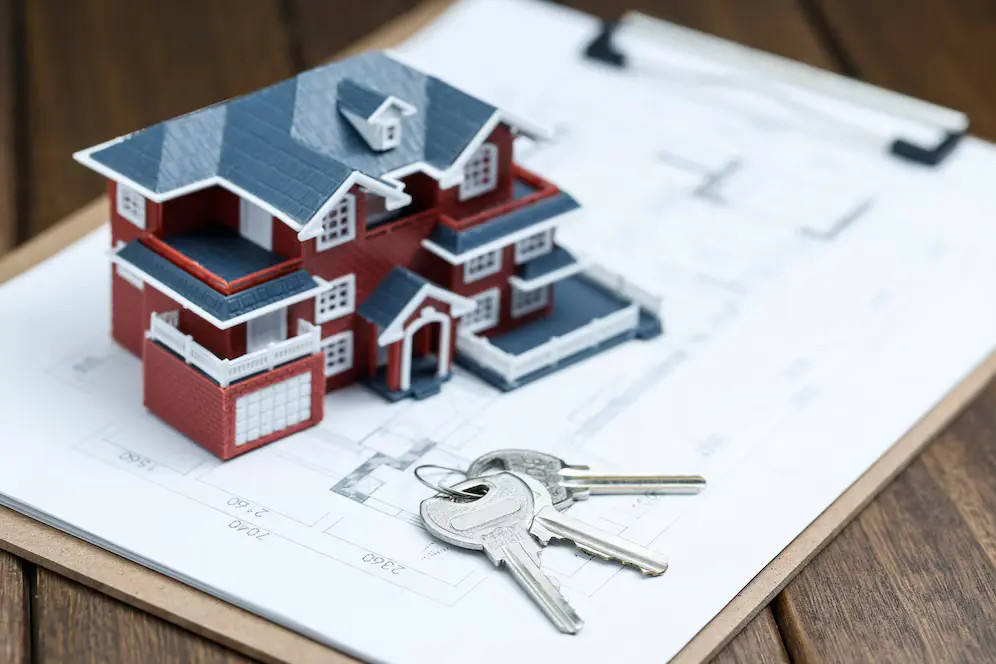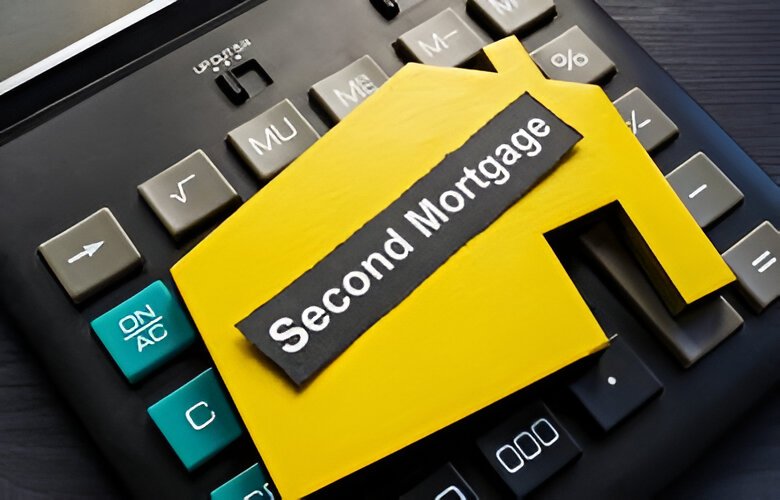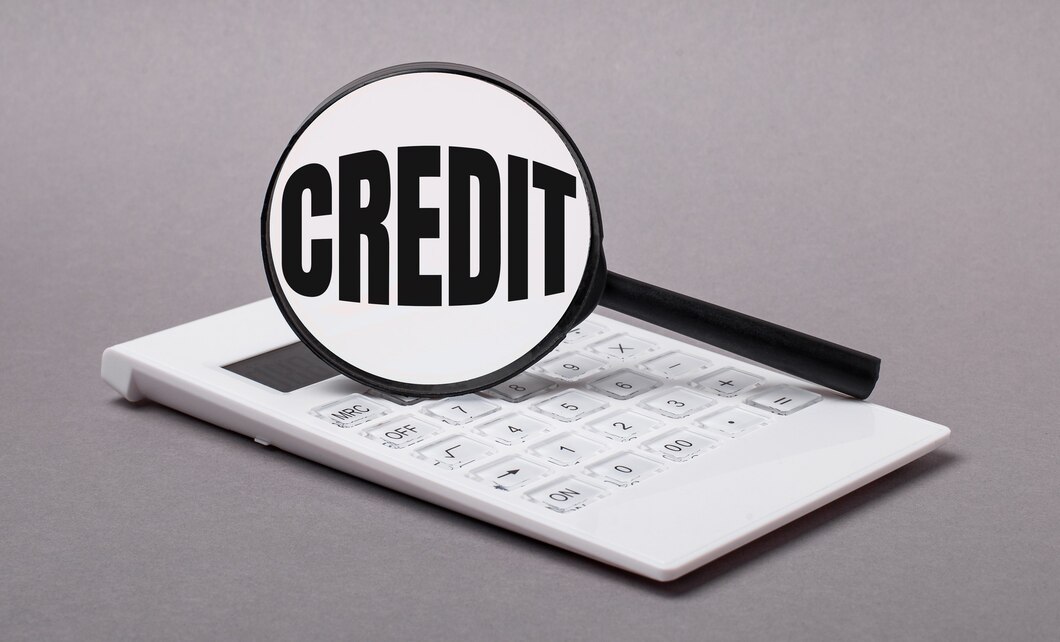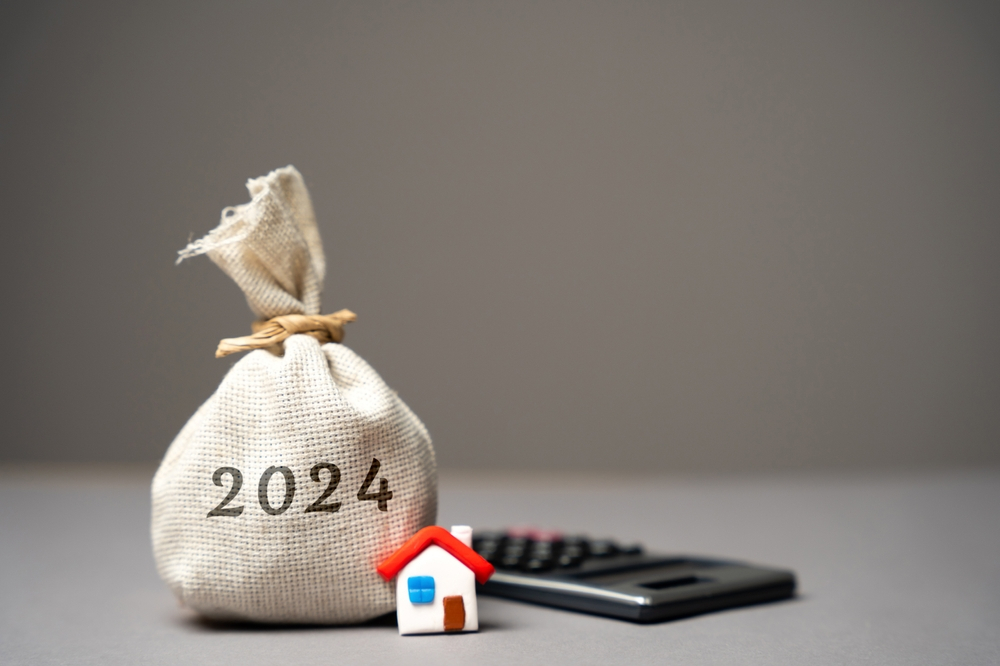Imagine you’ve been looking for a house; you’ve been to a few, getting a better idea of your dream house with each visit. The ideal residence is then discovered. There’s only one problem: it’s not quite move-in ready, and you don’t have the funds on hand to make the necessary improvements. A mortgage for purchases and enhancements can be used in this situation.
What is a Purchase Plus Improvements Mortgage in Canada?
You are not the only one who was unaware that renovation charges could be added to your mortgage. A CMHC Mortgage Consumer Survey found that 37% of respondents were unaware of purchase plus improvement mortgage choices.
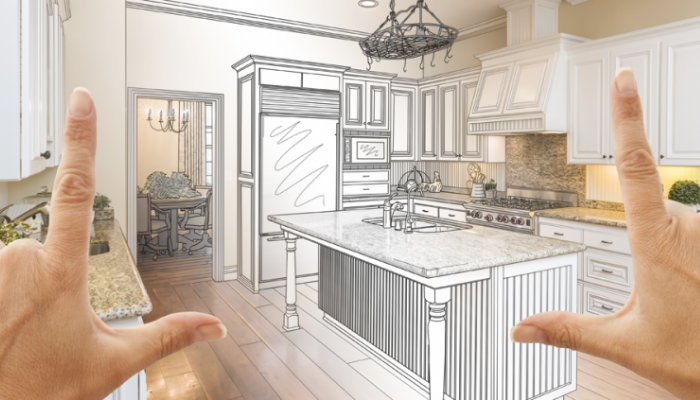
In Canada, a purchase plus upgrades mortgage is a mortgage that contains funds for both the home’s purchase price and rehabilitation expenses.
In short, your lender permits you to take out a larger loan to help you tidy up your house and perform the required renovations to get it move-in ready. It will be simple to buy your property and renovate it once the deal closes because the cost of borrowing will be combined into one payment.
How Do Home Renovation Loans Work?
The first step is to locate the house you want to buy. Perhaps it needs a new furnace, fresh paint, new flooring, a new kitchen, or other changes. Identify the precise renovations you require (and desire), then find out how much they will cost. To make this procedure as simple as possible, a contractor can offer a quote. To be sure you’re getting quality service and reasonable pricing, it’s recommended to receive three quotes from various contractors.
Inform your broker of the house modifications you want to make in a conversation. Your broker will arrange for financing to cover the cost of the renovations.
The typical home-buying procedure will subsequently be followed. You submit an offer and ultimately close on the property.
The lender will send the agreed-upon amount for your renovations to your attorney, who will keep it in the trust after the transaction is completed and you take possession of the home. The renovations that were planned and approved by your lender can begin right away with your contractor. Normally, the task has to be finished in 90 or 120 days.
The lender will send a representative to inspect your house after your renovations are finished. Your lender will offer the funds required to pay your contractor once it has been approved.
How the Purchase Plus Improvements Mortgage Works in 7 Steps:
- You can include some home repair costs in the mortgage amount and qualify for a mortgage with as low as a 5% down payment.
- The contractor’s estimate for the work to be done should be included up front with the purchase offer when applying for financing for purchase plus improvements. In other words, we need a contractor quote stating the work that has to be done and how much it will cost before you finalize the purchase offer.
- The contractor’s estimate does not require us to be precise about the materials to be utilized, only generally about what will be improved and how much.
- One of the lenders we work with will let the homeowner handle the repair themselves, but we still need an itemized breakdown of the expenditures.
- The borrower will have to come up with the money to finish the upgrades after the purchase is made. Money may come from a credit line, a gift, a retail credit (like Home Depot) or the contractor’s own credit. The bottom line is that you must determine how to finance the upgrades, and once they are completed, the lender will release the upgrade cash.
- Once the work is finished and the purchase plus improvements amounts are released by your lawyer, any credit cards, contractor accounts, or gifted funds utilized could be paid off.
- Normally, the project must be finished in 90 days, although there may be certain exceptions.
How to Get the Most Out of a Purchase Plus Improvements Mortgage
Even though the purchase plus improvement mortgage can be used for many different things, such as replacing a furnace or roof, these kinds of renovations could not significantly increase the home’s market or appraised worth.
Typically, an appraiser won’t place a higher value on a new roof than what it would cost to install it. These types of “at par” or even lower valuations have also been observed in other fields, such as the construction of new gas piping.
In some circumstances, you might want or need to use the purchase plus improvement financing program to make a repair to a home you’re buying for safety or general maintenance reasons.
However, in cases where repairs are not a worry, the following list of improvements includes regions that not only equal the cost of the upgrade but also have the potential to fetch a greater price from an appraiser than the cost of the job itself.
- Kitchen: New flooring, paint, backsplash, worktops, sinks, and faucets.
- Bathrooms: brand-new carpeting, paint, and vanities.
- Basement: Completely or partially finished with ceiling and lights, drywall, flooring, and mudding and paint.
More specifically, there is a “diminishing rate of return” for improvement costs in certain sectors when considering these high-value enhancements.
The first $10,000 invested in a kitchen, for instance, would result in an extra $5,000 in better market value (for a total of $15,000 in value from the modifications), whereas the next $10,000 invested in the same kitchen might produce an extra $2,500 in enhanced value.
In this case, the initial $10,000 invested on the kitchen yielded a greater return on investment than the second $10,000. Over time, the cost of upgrades would eventually match the value that was realized from the upgrades, dollar for dollar. However, every circumstance is unique.
What is the Best Way to Finance a Renovation?
You don’t have to finance for home renovations with a purchase plus improvements mortgage. If you have the funds, you can pay cash, which will minimize the cost of borrowing for your home. Once factors like down payment, land transfer fees, mortgage default insurance tax, and other closing expenses are taken into account, not everyone is in a position to buy a home and afford the cost of improvements.
Some people might decide to use a credit card or a line of credit to pay for their improvements. However, because the interest rates on credit lines and, notably, credit cards, are significantly greater than the cost of borrowing, these solutions are preferable for persons who can afford to pay off their renovation costs without incurring interest.
Other Ways to Fund a Renovation
Obtaining a home equity line of credit is another choice for financing repairs (HELOC). In contrast to a purchase plus upgrades mortgage, a home equity line of credit is backed by the homeowner’s equity. These loans, which often offer lower interest rates than lines of credit, can be an intelligent way to finance repairs, especially in strong real estate markets where the chosen renovations will increase the value of an owner’s house.
HELOCs give homeowners access to a lump sum of money that they can use any way they see fit, much like credit cards. HELOC interest rates are normally fixed. To get renovations done for your home you can also take equity takeout mortgage.
In that they provide access to credit at cheaper interest rates than other lending sources, HELOCs may be comparable to purchase plus upgrades mortgage. HELOCs can be used for more than just home upgrades, in contrast, to purchase plus improvements mortgage.
However, since new owners often don’t have as much equity built up in their homes as existing owners, a purchase plus upgrades mortgage probably makes more sense for individuals intending to restore their homes (and, therefore, less equity to borrow against).

